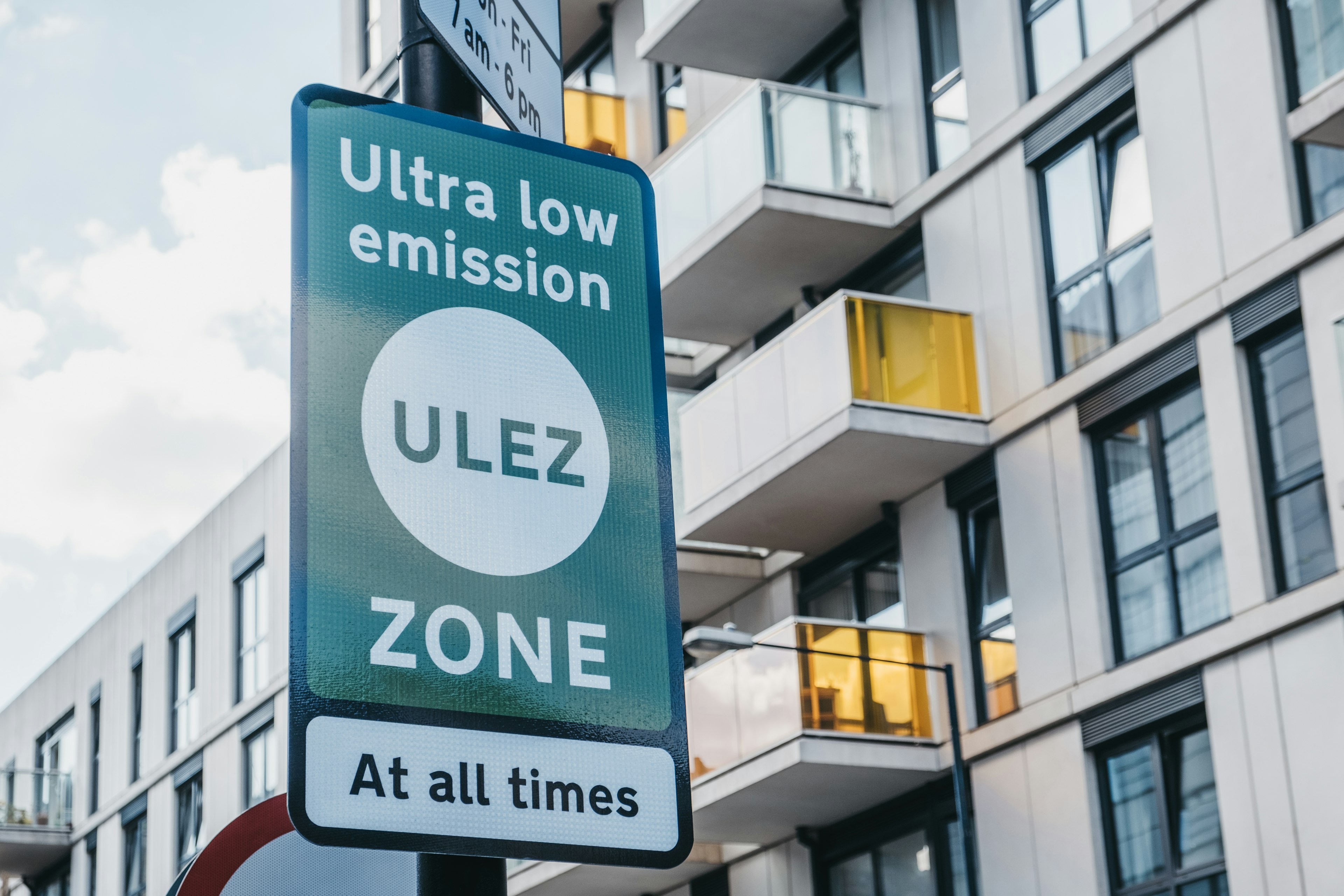Clean Air Zones (CAZ), Low Emission Zones (LEZ) and Ultra-Low Emission Zones (ULEZ)
Cambustion engage in projects where the interaction of road layout, geography, wind direction and traffic flow conspire to create NOx “hot spots” where, for example, the location of the conventional AQ monitoring station is affected by vehicle emissions as they pull away from traffic lights. With fast response roadside NOx measurement, Cambustion are able to identify individual gross emitters and vehicle classes which disproportionately affect the local air quality. This is often caused by heavy duty diesel vehicles’ SCR exhaust systems performance being affected by gradients, idling and traffic intersections. In addition, real driving emissions assessment of sample vehicles give additional spatial information to help inform solutions to such problems.
The figure below shows the tailpipe NOx emissions from a PHEV vehicle during a representative route around London. The emission hotspots are due to accelerations following speed bumps.
Additionally, roadside measurements combined with ANPR allow for identification of remaining gross emitters that abide by zone entry requirements, but exceed expected tailpipe emissions. Possible reasons for exceedances include the momentary vehicle use case, or aftertreatment tampering.
Need more information? Connect to an expert
